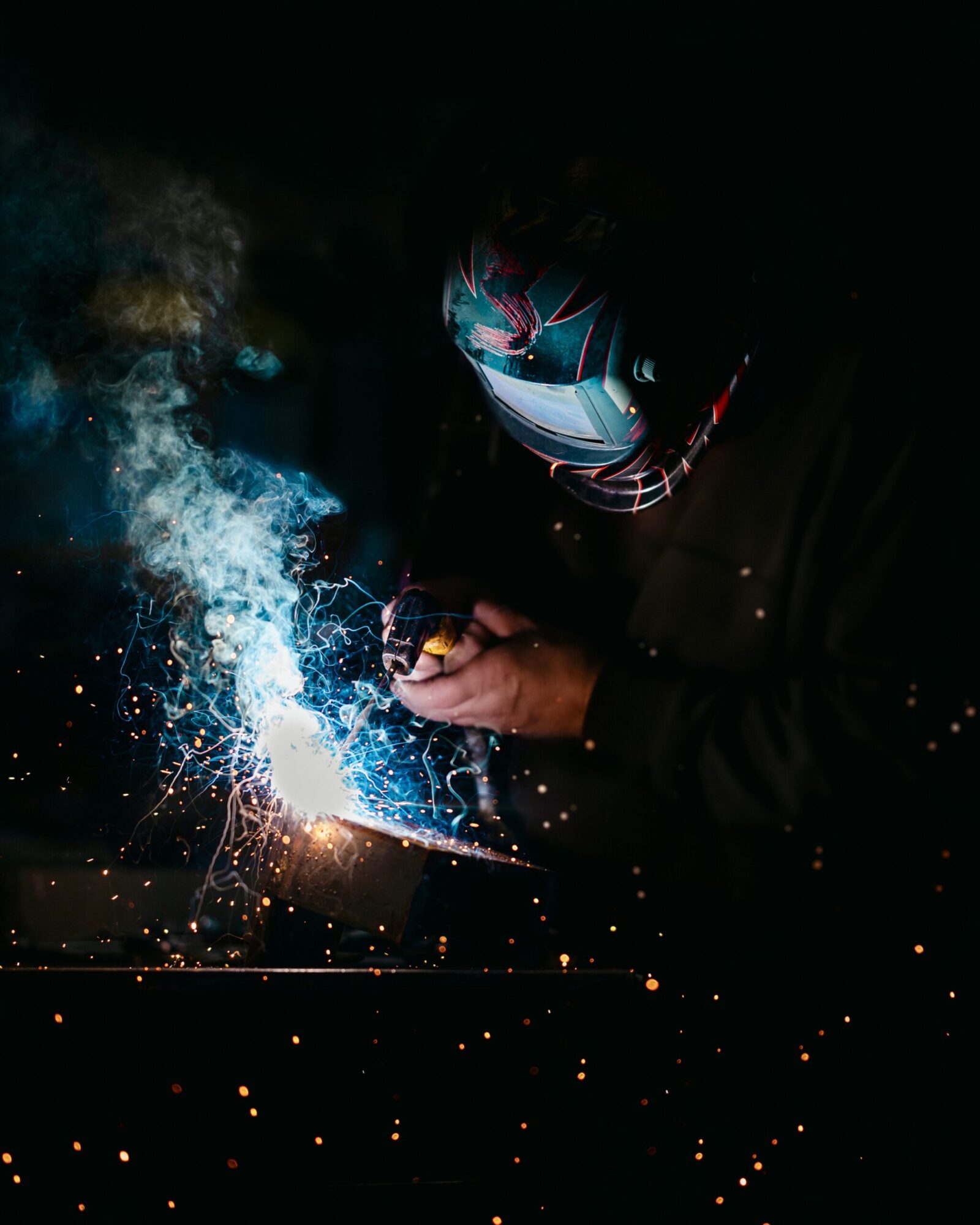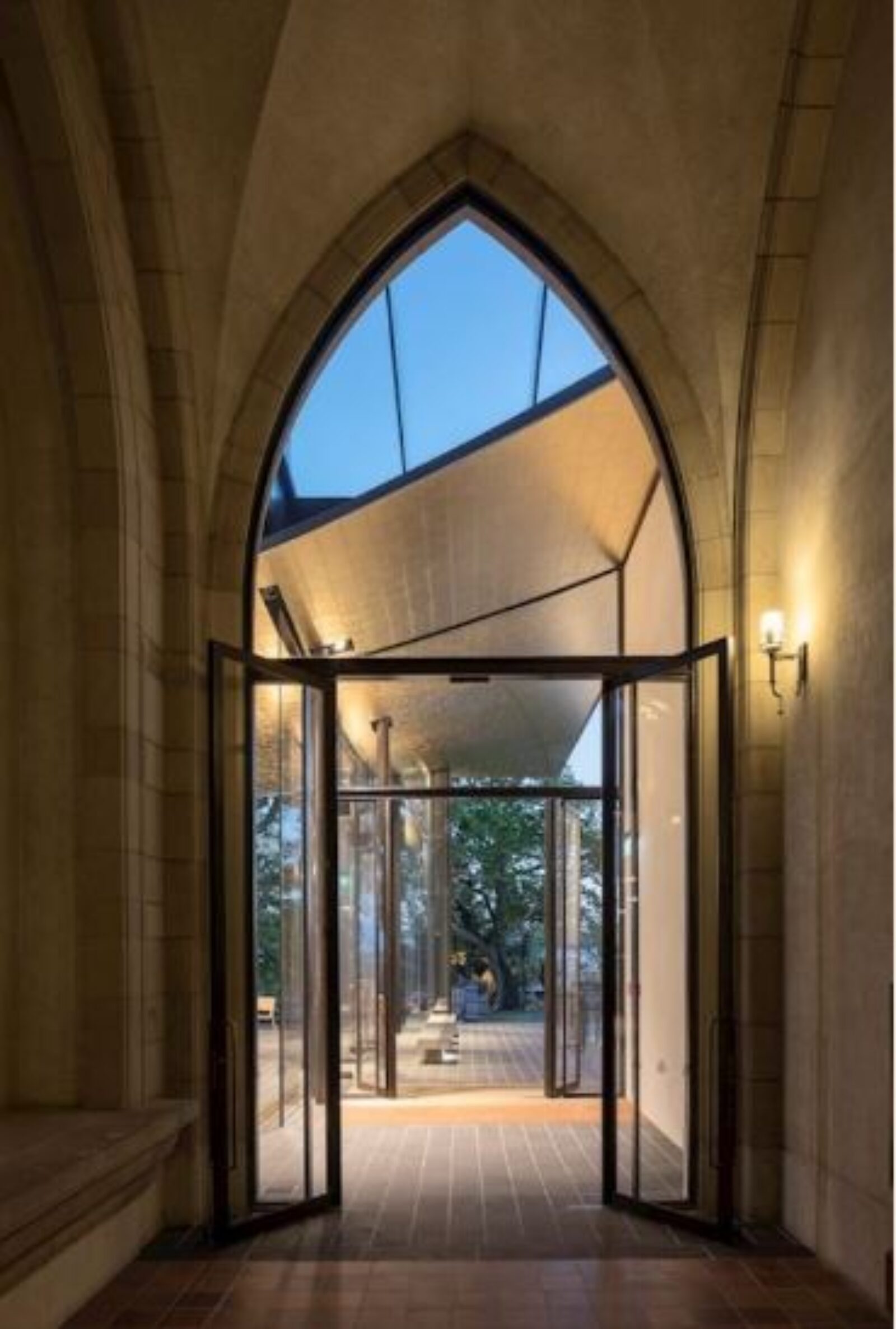Timeless elegance with a modern engineered heart
The longer a window or door stays in use, the lower the environmental impact of the resources that went into creating it. Through our 'Built to Last' and 'Built to Repair' philosophies, as well as our Revive programme (our way of keeping used-but-usable windows in circulation), we hope to reduce demand for new low-cost windows and doors with shorter lifecycles and in turn, reduce unnecessary waste.

Strong welded connections
The history of steel windows dates back to the late 19th century and has seen significant developments in design, manufacturing processes, and architectural applications. Here’s a brief overview of the history of steel windows:
Late 19th Century:
- Introduction of Rolled Steel Sections: In the late 19th century, advancements in steel production technologies led to the availability of rolled steel sections. This innovation laid the groundwork for the mass production of steel windows.
Early 20th Century:
- Art Nouveau and Art Deco Influence: In the early 20th century, the Art Nouveau and Art Deco movements influenced architectural styles. Steel windows became popular for their ability to accommodate intricate designs and large, unobstructed glass panels, which aligned with the aesthetic preferences of these movements.
- Industrial and Commercial Use: Steel windows gained popularity in industrial and commercial settings due to their strength, durability, and the ability to create expansive window openings.
1920s-1940s:
- Modernist Movement: The Modernist architectural movement, which emerged in the early 20th century, favoured clean lines, functional design, and the use of industrial materials. Steel windows were embraced by architects like Le Corbusier and Mies van der Rohe during this period.
- Steel Casement Windows: The design of steel casement windows became prevalent. These windows featured a steel frame with hinged openings and were often used in both residential and commercial buildings.
Mid-20th Century:
- World War II Impact: During World War II, there were restrictions on the use of steel for non-essential purposes, affecting the production and use of steel windows.
- Post-War Period: After the war, there was a resurgence in the use of steel windows as economies recovered and construction boomed. Steel windows continued to be favoured for their sleek, modern appearance.
Late 20th Century:
- Competition from Aluminum: In the latter half of the 20th century, aluminium windows gained popularity as a competitor to steel. Aluminum offered advantages such as lighter weight and resistance to corrosion.

A fusion of traditional and modern artisan skills
21st Century:
- Resurgence in Popularity: In recent years, there has been a resurgence in the popularity of steel windows, driven by a renewed interest in industrial and minimalist design aesthetics.
- Advanced Manufacturing Techniques: Modern manufacturing techniques, including precision engineering and finishes, have enhanced the performance and aesthetics of steel windows.
Today, steel windows are celebrated for their timeless appeal, strength, and ability to complement a variety of architectural styles. Contemporary architects and homeowners often choose steel windows for their durability, design flexibility, and the ability to create large, elegant openings that allow abundant natural light into interior spaces.